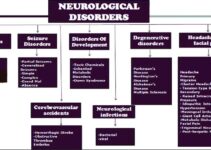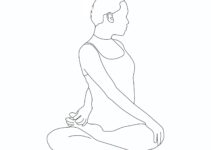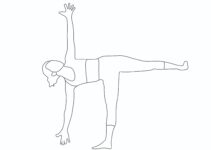What is Shatkarma?
Shatkarma is a Sanskrit term comprised of two words: Ṣhaṭ means ‘six’, and Karma means ‘actions or practices’. Shatkarma is also known as Shodhana Kriya, which, as per Haṭhayogic texts, cleanses the body internally by removing accumulated toxins, impurities and poisonous substances from the body. These preliminary yogic practices are performed before yoga asana, pranamaya and other higher levels yogic practices. If you want to experience the immediate positive impacts of yoga on health, it is better to start with Shatkarma, i.e. Kunjal, Kapalbhati, Dhauti, etc.
Shatkarma types
As per Haṭhapradipika, there are six purification practices, which are mentioned below.
- Dhauti
- Basti
- Neti
- Trataka
- Nauli
- Kapalabhati
Shatkarma health benefits
- Cures phlegm diseases and helps to remove (excess) phlegm and bile- Kunjal.
- Beneficial to treat cough, asthma, spleen diseases, leprosy, and infections caused by excess mucus. It also increases digestive fire along with restoration of strength and cheerfulness-Vastradhauti.
- Cures diseases like spleen inflammation, abdominal disorders and disorders caused by an imbalance of three senses of humour. Vata, Pitta and Kapha.
- Cures the glands and spleen enlargement and eliminates the diseases arising from excess wind, bile and mucus- Jalabasti.
- Cleanses the cranium; bestows good health to the ENT region and destroys all diseases manifest in the body region above the throat- Neti.
- Eradicates all eye diseases, fatigue and sloth and closes the doorway of creating these problems – Tratak.
- It is the panacea of all digestive-related disorders, removes indigestion, cures
all diseases arising due to vitiation of three senses of humour thereby brings good health -Nauli. - It is the cure for all types of diseases. Practising this Shatkarma makes one feel energetic and helps burn belly fat and weight loss-Kapalbhati.
- Alleviates stomach diseases and enhances gastric fire -Agnisara.
- Cures constipation and provides vigour and energy to the body -Mulshodhana.
Shatkarma precautions
- One shouldn’t drink the water in a standing posture during Punjab.
- Lukewarm water should be taken during Kunjal.
- Clothes shouldn’t touch the roof of the mouth; they should remain on the tongue during Vastradhauti.
- Rice-milk pudding should be taken immediately after finishing this kriyā
- Yogic enema should not be performed during cloudy, rainy or windy weather.
- The sutra in Sutraneti should be clean, inserted, and pulled slowly and gently.
- During Jalneti, one shouldn’t blow very hard as it may push water into the ears.
- Salt should be added to the water in appropriate proportion, as too much and too little salt will cause a burning sensation and pain in the case of Jalneti.
- Breathe through the mouth throughout the practice during Valenti.
- The flame should be still and not flicker in the case of Taratak.
- Inhalation should be spontaneous, i.e. without effort, and the exhalation should be with force, but at the same time, it should not make the person feel breathless in Kaplbhati.
Shatkarma contraindications
- Those who have heart diseases should avoid performing Kunjal.
- A person suffering from stomach/intestinal ulcers, hernia, high blood pressure and heart diseases must not practice Kunjal.
- Basti should be avoided in case of rectal bleeding and diarrhoea.
- Persons suffering from nose bleeding shouldn’t practice Sutraneti and Jalaneti
- Persons having glaucoma or chronic eye disorders should seek medical advice before practising Taratak.
- Those suffering from heart disease, hernia, hypertension, gastric or duodenal ulcers (and during pregnancy) should not practise Nauli. People recovering from internal injury or surgery of the abdomen also should not perform it.
- Nauli should be discontinued immediately if the pain is felt in the abdomen during practice.
- Kapalbhati should be avoided by people suffering from cardiac conditions, giddiness, high blood pressure, vertigo, epilepsy, stroke, hernia and gastric ulcers.





